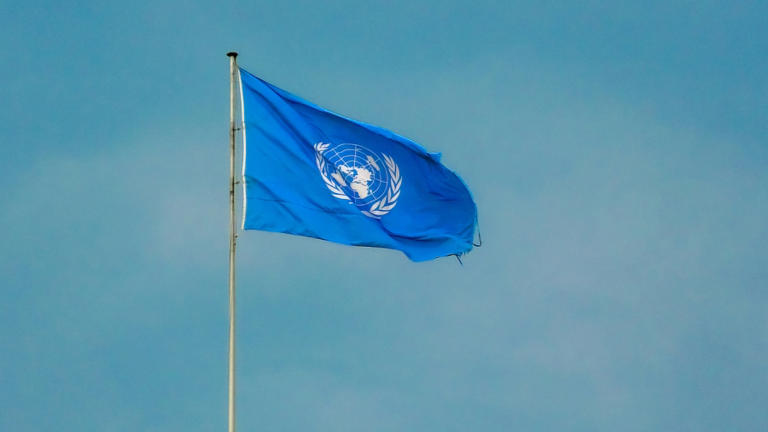Credit Suisse flags hefty loss as rich clients pull out
By John Revill and Noele Illien

Logo of Swiss bank Credit Suisse is seen in Zurich
ZURICH (Reuters) -Credit Suisse expects to make a heavy loss for the final three months of the year, continuing to bleed billions of francs as wealthy clients turn their back on the embattled Swiss bank.
Credit Suisse flagged that it was on course for a pre-tax loss of up to 1.5 billion Swiss francs ($1.58 billion) in the fourth quarter, and revealed that wealthy clients had made hefty withdrawals, leading to a big drop in liquidity, breaching some regulatory limits.
Chairman Axel Lehmann pointed to shareholder approval on Wednesday of the bank's planned 4 billion franc capital raising from investors, as a "further positive step in building the new Credit Suisse".
"We're entirely focused on implementing our strategic priorities," he said, pledging a brighter and profitable future.
But shareholders and analysts were disturbed by the bank's sobering assessment of the scale of its problems, as well as the pace at which rich clients pulled out savings and investments.
Credit Suisse said there had been an outflow of 6% of assets at the end of the third quarter. It said this trend in the wealth management division, catering to rich clients, has since improved, but had yet to reverse.
Analysts at Vontobel estimated the scale of such withdrawals to be around 84 billion Swiss francs.
As a result, the bank was forced to dip into liquidity buffers, slipping below certain minimum regulatory requirements although it said its core liquidity and funding requirements had been held.
Swiss pension fund foundation CEO says he's 'not convinced' by Credit Suisse restructure
Duration 4:57 View on Watch

"The massive net outflows in Wealth Management ... are deeply concerning - even more so as they have not yet reversed," said Vontobel's Andreas Venditti.
"CS needs to restore trust as fast as possible - but that is easier said than done."
Venditti said that the bank's liquidity coverage ratio (LCR), a key financial benchmark, had fallen "massively" towards a legal minimum of 100%. The bank said its average daily LCR for the fourth quarter was 140%.
Investors were also rattled.
The cost of insuring the debt of Credit Suisse against default rose and its bonds came under pressure after the announcement, which stripped as much as 6% off the value of its shares, which have lost almost 60% so far this year.
DOGGED BY SCANDAL
Credit Suisse's capital increase will be used to fund its overhaul, an attempt to recover from the biggest crisis in the bank's 166-year history.
It has been battered by a string of scandals and losses, including a $5.5 billion loss from the unravelling of U.S. investment firm Archegos. It also had to freeze $10 billion worth of supply chain finance funds linked to insolvent British financier Greensill.
Switzerland's second-largest bank said that a general slowdown had hits its investment bank, adding to pressure on the group, which was set for a heavy loss.
A fourth-quarter pretax loss of to CHF 1.5 billion, is substantially worse than the 342 million franc loss in the third quarter. It comes on top of a 1.94 billion franc loss so far this year.
The bank said that outflows in wealth management had reduced "substantially" from a high in the first two weeks of October but had yet to reverse and were around 10% of that division's assets managed at the end of the third quarter.
At the end of October, Credit Suisse unveiled a plan to cut thousands of jobs and shift its focus away from investment banking and towards less turbulent wealth management.
($1 = 0.9507 Swiss francs)
(Writing by John Revill and John O'Donnell; Editing by Ana Nicolaci da Costa, Jane Merriman and Tomasz Janowski)


















